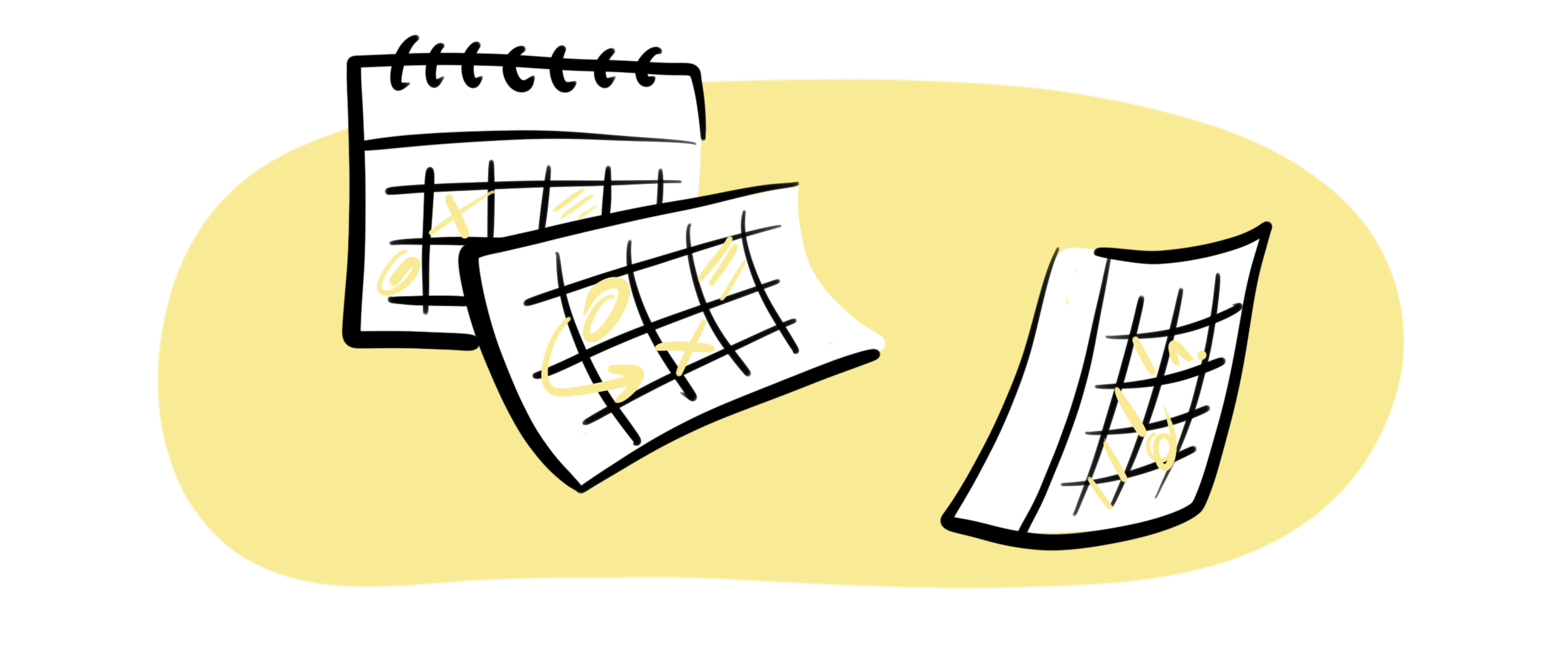VAT compliance: Don't let the taxman rain on your parade


Fresh insights from 2,650 finance decision-makers across Europe
Let's face it, VAT compliance isn't exactly the most exciting topic.
It's a bit like that tedious relative you feel honour bound to talk to at the yearly family gathering. But just like ignoring that relative last Christmas in front of your Mum caused serious consequences, ignoring tax compliance in front of HMRC is no joke.
We’ve broken down the ins and outs of VAT compliance, including what it is, why it matters, and ways of automating your tax compliance.
Content overview
What are the rules for VAT in the UK?
The rules for VAT vary based on the specific nature of your work and industry, and what type of VAT accounting is suitable for your business. But as a rough guide, to be VAT compliant you must:
Make sure you’re VAT registered
If you’ve earnt £85,000 in the last 12 calendar months or are going to earn over that in the next three you’ll need to do your VAT registration. You can register online, and you’ll then need to provide information about your business such as its legal structure and owner.
Determine your VAT responsibilities
You’ll have to figure out the correct rate of VAT for your product and industry, as well as decide which VAT scheme best suits your business in terms of cash flow and when you submit your VAT returns.
Accurately record your VAT
From VAT invoices to receipts you’ll need to be able to prove exactly what you’ve spent and bought so you can verify how much VAT you owe or are owed by HMRC. Since the Making Tax Digital scheme , you’ll need to find software that integrates to be in tax compliance or get approval from HMRC as to why you’d like to submit your records manually in advance.
Submit your VAT returns
You’ll need to submit your VAT returns on time in accordance with the scheme you’ve chosen. For the standard VAT accounting, this is quarterly, but other forms may suit your industry and cash flow better.
Pay, or get paid, your VAT
Remember it's not all doom and gloom. Some businesses actually tend to get money back as part of their VAT return as they’ve paid out more VAT in buying supplies than they have earnt from charging their customers. If you’ve paid more VAT than you’ve charged, then HMRC will be the ones who owe you a cheque.
(Not that anyone actually uses cheques anymore.)
Stay up to date
The thing about VAT is it constantly changes as the government responds to the economy, and you’re the one liable for staying aware of those changes.
Remember, getting VAT compliant might not be the most exciting thing you do today, but it's worth it to stay on the right side of the tax authorities. And if in doubt, seek advice from a qualified tax professional - they'll be able to guide you through the VAT compliance maze with ease.

Why would HMRC do a compliance check?
HMRC usually carry out an inspection when they detect suspicious, risky or inconsistent activity around your VAT returns. For example, if you suddenly start claiming significantly more VAT back than you usually do, have a history of being late with filing your VAT returns or put incorrect numbers in a VAT return.
It also depends on how large and complex your business is, and whether HMRC feels like they have a good understanding of what’s going on within your business.
Before an inspection, HMRC usually gives 7 days’ notice to confirm what information they want to see so you can get it ready. They’ll also let you know if they want to inspect your premises. You can ask them to delay this inspection though you’ll have to explain why. If you use an accountant HMRC may contact them directly.
HMRC can also just turn up on your doorstep for compliance checks if they suspect fraudulent activity, so it's important to always have your records in good order.
- Any taxes you pay
- Your accounts and tax calculations
- Your Self Assessment tax return
- Your Company Tax Return
- PAYE records and returns, if you employ people
What happens after an HMRC compliance check
It’s important to note that so long as you’re not intentionally committing tax fraud, or making mistakes through gross negligence, HMRC will work with you to put right any problems with your VAT. Even if it is an honest mistake you may still have to pay a penalty, in addition to paying any VAT you owe.
HMRC will take into account how helpful you’ve been during the check and whether you’ve honestly reported any mistakes.
You can appeal HMRC’s decision , but only within 30 days.

What is automated tax compliance?
Automated tax compliance means using specialist software to help keep track of your payments and the VAT laws that apply to you. Rather than tracking your VAT manually on a spreadsheet and checking the guidance online yourself.
This might look like software that can:
- Manage tax data and records
- Calculate and file taxes
- Prepare VAT returns
- Quantify tax liabilities
Automated tax compliance software allows CFOs around the country to rejoice as they can quickly access specific data. Tax compliance software also keeps everyone singing from the same hymn sheet as employees across the business are operating from, and contributing to, a single source of truth.
What is the most popular software used for filing taxes?
Some of the most popular tax software solutions out there include Sage, Quickbooks and Xero all of which are compliant with the government’s Make Tax Digital initiative.
(and seamlessly integrate with Pleo 👀)
QuickBooks
QuickBooks is often considered the most user-friendly option for beginners, with a simple interface and helpful tutorials. It also has a wide range of features, including invoicing, expense tracking, and inventory management. QuickBooks also offers online support and customer service. It can submit VAT returns and do a lot more from tracking and keeping your data safe to self-assessment.
Xero
Xero comes in three different package sizes: starter, standard and premium, and the software varies greatly between all three. All three versions do comply with HMRC’s Making Tax Digital guidelines and can help you file VAT returns, it also seamlessly integrates with a wide range of third-party apps for additional functionality. But the cost of those add-ons do add up!
Sage
Sage is a more advanced option, with a steeper learning curve than QuickBooks or Xero. However, it is a powerful accounting software with a wide range of features and customisation options, known for its more robust reporting capabilities.
What is the best tax software for beginners?
QuickBooks is often described as the most tax-friendly software for beginners, though the best software for filing taxes will be unique to the size, scale and set-up of your business.
What is SAP in tax?
SAP is an end-to-end business software that helps large businesses manage their taxes more efficiently. It offers industry-specific tools to help businesses comply with tax regulations and manage their tax obligations more effectively. This includes calculating and filing taxes, keeping data safe, managing tax rates, rules and policies, and providing real-time visibility into tax obligations and liabilities.
Compared to QuickBooks and Sage which are designed for basic bookkeeping, SAP is designed for larger enterprises with more complex needs. It also has a range of customizable features that have been designed for specific departments within a larger business. Whereas QuickBooks and Xero are more suitable for small and medium-sized businesses and offer fewer customisation options.
Pleo can help you keep track of your VAT
Our automated invoice software keeps helps you retain all the evidence you need to pay VAT or show that you’ve accurately reversed it. You can then integrate it with a Making Tax Digital compliant software like from Sage to Quickbooks.
Pretty cool? We think so too.
